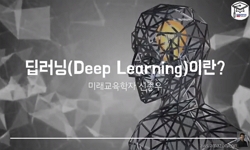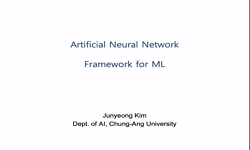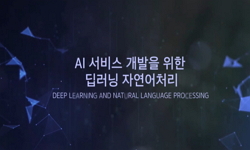Breast cancer is among the cancers that may be healed as the disease diagnosed at early times before it is distributed through all the areas of the body. The Automatic Analysis of Diagnostic Tests (AAT) is an automated assistance for physicians that c...
http://chineseinput.net/에서 pinyin(병음)방식으로 중국어를 변환할 수 있습니다.
변환된 중국어를 복사하여 사용하시면 됩니다.
- 中文 을 입력하시려면 zhongwen을 입력하시고 space를누르시면됩니다.
- 北京 을 입력하시려면 beijing을 입력하시고 space를 누르시면 됩니다.
A Review on Advanced Methodologies to Identify the Breast Cancer Classification using the Deep Learning Techniques
한글로보기https://www.riss.kr/link?id=A108129591
- 저자
- 발행기관
- 학술지명
- 권호사항
-
발행연도
2022
-
작성언어
English
- 주제어
-
자료형태
학술저널
-
수록면
420-426(7쪽)
- 제공처
-
0
상세조회 -
0
다운로드
부가정보
다국어 초록 (Multilingual Abstract)
Breast cancer is among the cancers that may be healed as the disease diagnosed at early times before it is distributed through all the areas of the body. The Automatic Analysis of Diagnostic Tests (AAT) is an automated assistance for physicians that can deliver reliable findings to analyze the critically endangered diseases. Deep learning, a family of machine learning methods, has grown at an astonishing pace in recent years. It is used to search and render diagnoses in fields from banking to medicine to machine learning. We attempt to create a deep learning algorithm that can reliably diagnose the breast cancer in the mammogram. We want the algorithm to identify it as cancer, or this image is not cancer, allowing use of a full testing dataset of either strong clinical annotations in training data or the cancer status only, in which a few images of either cancers or noncancer were annotated. Even with this technique, the photographs would be annotated with the condition; an optional portion of the annotated image will then act as the mark. The final stage of the suggested system doesn't need any based labels to be accessible during model training. Furthermore, the results of the review process suggest that deep learning approaches have surpassed the extent of the level of state-of-of-the-the-the-art in tumor identification, feature extraction, and classification. in these three ways, the paper explains why learning algorithms were applied: train the network from scratch, transplanting certain deep learning concepts and constraints into a network, and (another way) reducing the amount of parameters in the trained nets, are two functions that help expand the scope of the networks. Researchers in economically developing countries have applied deep learning imaging devices to cancer detection; on the other hand, cancer chances have gone through the roof in Africa. Convolutional Neural Network (CNN) is a sort of deep learning that can aid you with a variety of other activities, such as speech recognition, image recognition, and classification. To accomplish this goal in this article, we will use CNN to categorize and identify breast cancer photographs from the available databases from the US Centers for Disease Control and Prevention.
동일학술지(권/호) 다른 논문
-
Proposing Micro-Learning in Saudi Universities
- International Journal of Computer ScienceNetwork Security
- Almalki, Mohammad Eidah Messfer
- 2022
-
Combining Encryption and Preservation in Information Security to Secure Sending a Message
- International Journal of Computer ScienceNetwork Security
- Nooh, Sameer
- 2022
-
- International Journal of Computer ScienceNetwork Security
- Kryshtanovych, Myroslav
- 2022
-
Possibility of Inclusive Adaptation of The ABA Intervention at School
- International Journal of Computer ScienceNetwork Security
- Saigh, Budor H.
- 2022




 ScienceON
ScienceON






